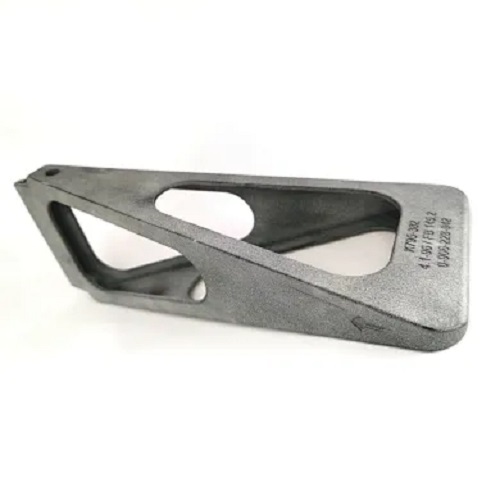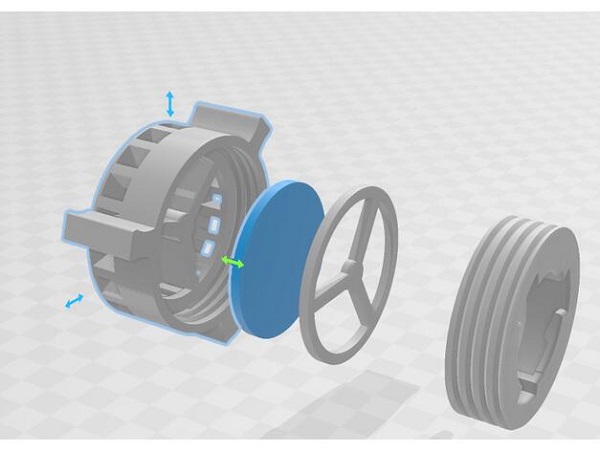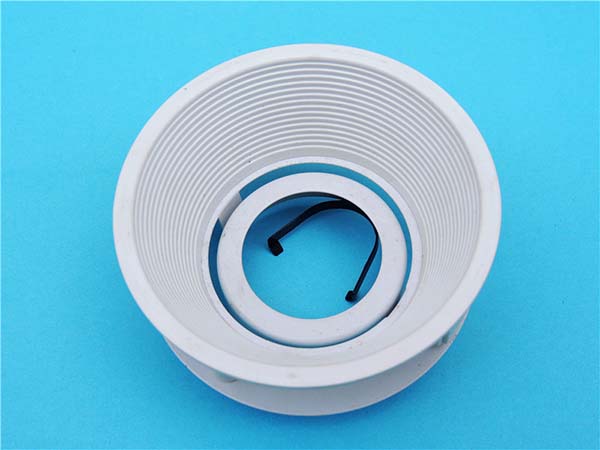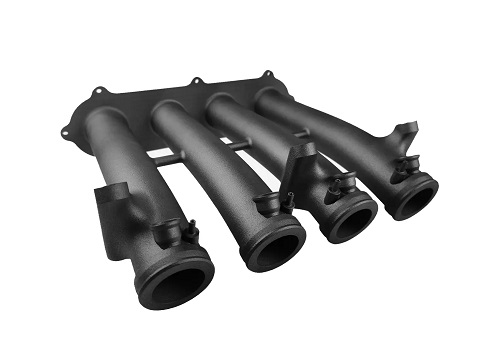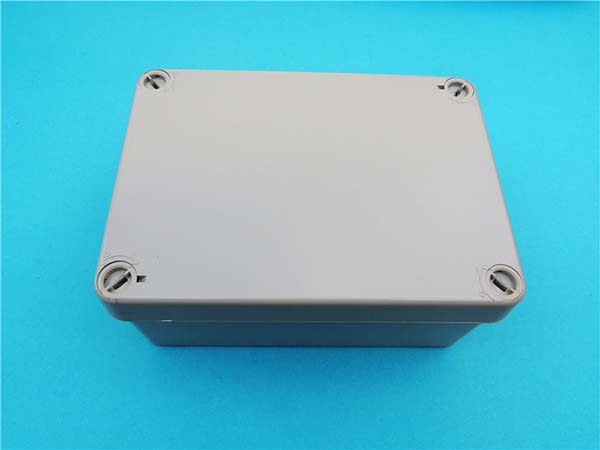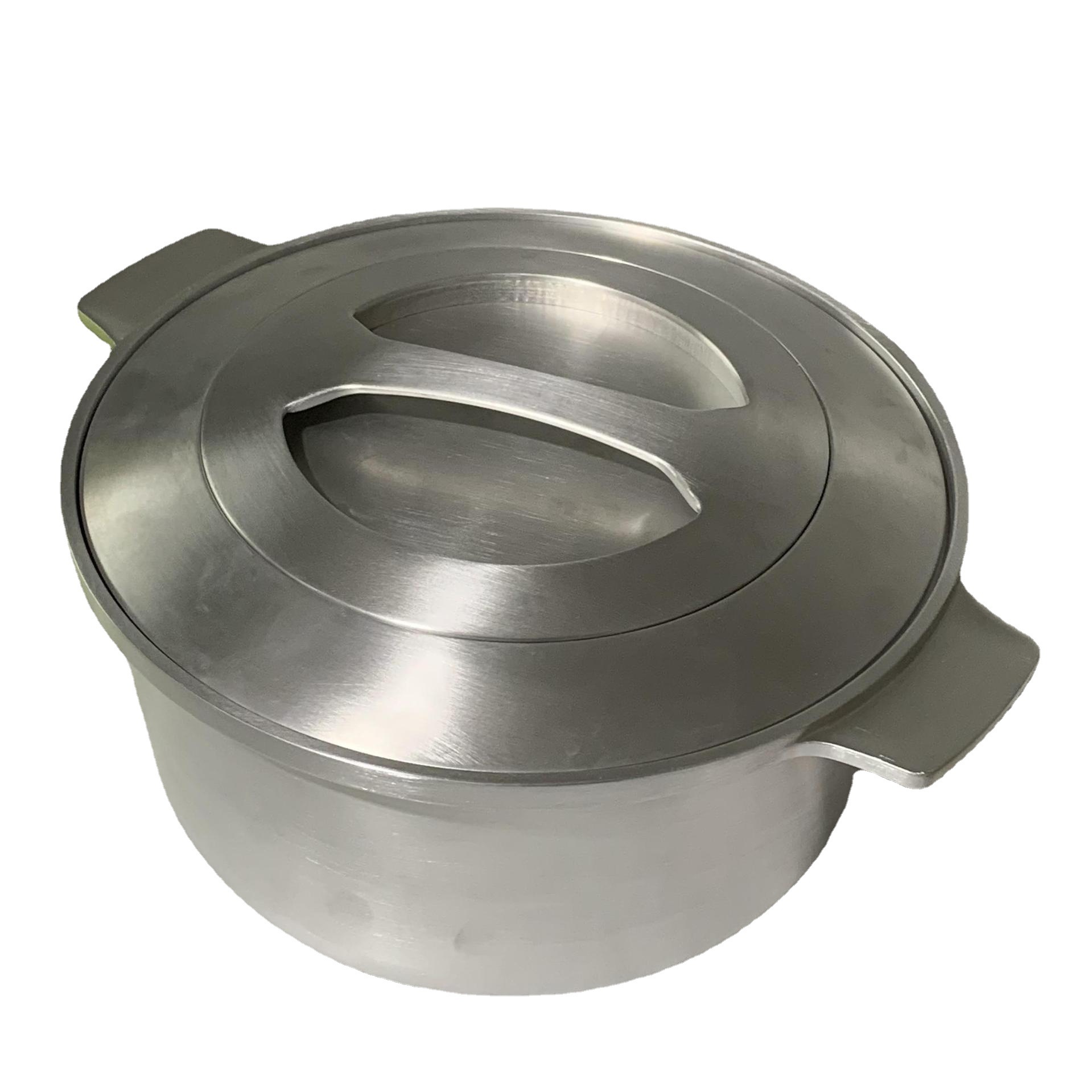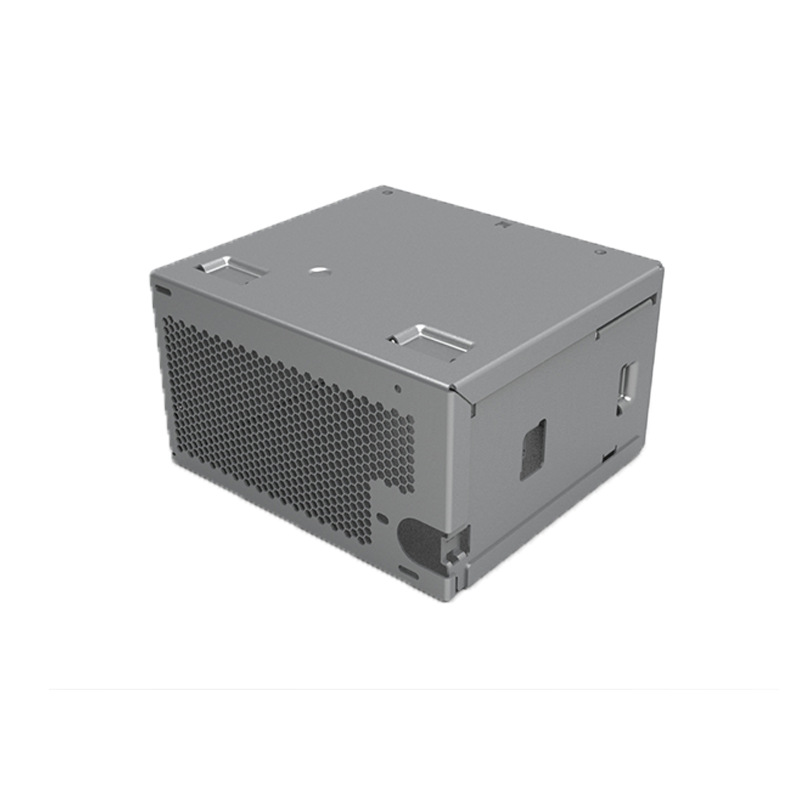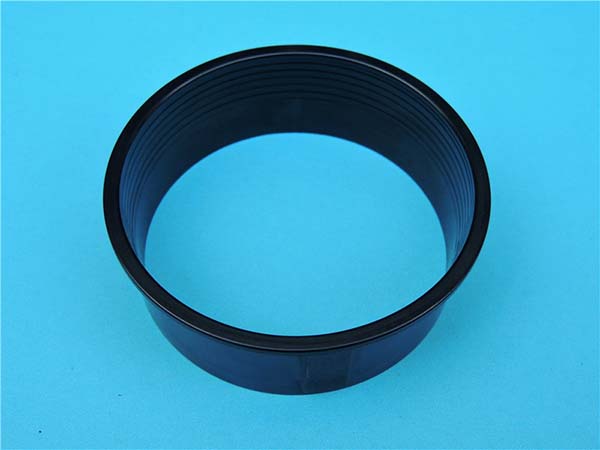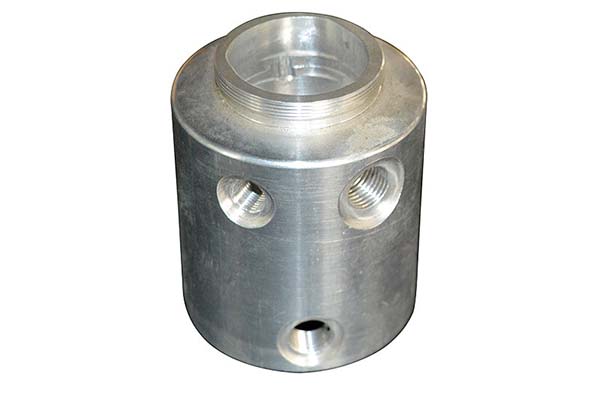Introduction to Selective Laser Sintering
Selective Laser Sintering (SLS) is a pivotal technology in the field of additive manufacturing, offering a sophisticated method to produce three-dimensional objects from powdered materials. The process uses a high-powered laser to fuse the powder particles layer by layer, allowing for the creation of complex and detailed geometries that would be nearly impossible with traditional manufacturing techniques. SLS is renowned for its versatility and is widely used in industries ranging from prototyping to end-use production, making it an integral part of modern manufacturing solutions.
Definition and Overview
At its core, SLS is an additive manufacturing method in which a focused laser selectively fuses powdered material within a specific area. This process begins with a digital 3D model of the desired object, which is sliced into thin cross-sections. The laser scans across the powder bed, sintering the material at specific locations, and gradually builds up the object layer by layer. Each layer is fused to the previous one until the final object is complete. The unsintered powder surrounding the part acts as a support structure during the build, simplifying the creation of intricate designs.
Historical Background
The invention of SLS traces back to the late 1980s, when Dr. Carl Deckard, an engineer at the University of Texas, developed the process. His innovation laid the foundation for a transformative shift in manufacturing techniques. The first commercial SLS machine was introduced in the early 1990s, marking the beginning of widespread adoption. Since then, advancements in laser technology, materials, and software have improved the precision, speed, and capabilities of SLS, making it an essential technology across various industries.
How SLS Works
Laser Sintering Process
The heart of the SLS process is the laser sintering mechanism. A high-powered CO2 or fiber laser scans across a bed of powdered material, following the contour of the cross-sectional slice of the 3D model. The laser’s intense heat causes the powder particles in the targeted area to melt and fuse together, forming a solid layer. This process is meticulously controlled to ensure high accuracy, with each layer being just a few microns thick, allowing for fine detail and smooth surfaces.
Material Layers and Fusing
Once a layer is sintered, the build platform lowers slightly, and a fresh layer of powder is evenly spread across the previous one. The laser then sinters this new layer to the underlying structure, repeating the process until the entire object is fully constructed. The surrounding unsintered powder supports the shape during the build, which can be easily removed after the print is finished, typically by gently shaking or blowing away the excess material.
Applications of SLS
Industrial Prototyping
SLS is widely used in industrial prototyping, allowing designers and engineers to quickly convert digital designs into functional prototypes. These prototypes can be tested and iterated on rapidly, helping to optimize products before mass production. SLS enables the creation of prototypes with intricate geometries, material properties, and realistic features, providing valuable insights into product performance and manufacturability.
Medical and Dental Uses
SLS has proven essential in the medical and dental fields for the production of custom prosthetics, implants, and surgical guides. Its ability to produce highly precise, patient-specific devices allows for improved outcomes in treatments. SLS technology enables the creation of complex structures, such as craniofacial implants or tailored orthodontic devices, ensuring a better fit and comfort for patients.
Aerospace and Automotive Industries
The aerospace and automotive sectors benefit significantly from SLS's ability to produce lightweight yet strong parts. Complex components like airfoils, engine parts, and interior panels can be manufactured using SLS with reduced weight and enhanced strength, improving fuel efficiency and overall performance. SLS also accelerates the development of prototypes and rapid tooling, significantly reducing time-to-market for new vehicle models and aircraft components.
Advantages of SLS
Complex Geometry Production
One of the standout advantages of SLS is its ability to produce parts with complex geometries, including internal features like channels and lattice structures, which would be difficult or impossible to achieve using traditional manufacturing methods. This opens up possibilities for innovative designs and optimized product performance.
Material Efficiency
SLS is a highly material-efficient process. Unlike subtractive manufacturing, which generates significant material waste, SLS only uses the material that is actually needed for the part, with the surrounding unused powder often being recycled for future builds. This results in minimal waste, promoting sustainability in manufacturing practices.
Rapid Prototyping
SLS enables rapid prototyping by reducing the time required to move from a design concept to a physical prototype. This allows for quicker iterations, faster testing, and ultimately, a faster time-to-market for new products. It also facilitates on-demand and low-volume production, making it an ideal solution for industries that require quick responses to market demands.
FAQs
Q1: What materials can be used in Selective Laser Sintering (SLS)?
A: SLS is compatible with a wide variety of materials, including plastics like nylon (PA), polystyrene, and polycarbonate; metals such as stainless steel, titanium, and cobalt-chrome alloys; ceramics; and some composite materials. The material selection depends on the specific application and the desired properties of the finished part, such as strength, flexibility, or biocompatibility.
Q2: How accurate is SLS compared to other 3D printing technologies?
A: SLS is known for its high accuracy, typically achieving tolerances within ±0.3%. This level of precision makes it comparable to traditional machining methods, and it is often used for applications that require tight dimensional control, such as aerospace components, medical devices, and industrial prototypes.
Q3: Can SLS be used for large-scale production?
A: While SLS has traditionally been used for prototyping and low-volume production, advancements in machine speed and process optimization have made it increasingly suitable for medium to high-volume manufacturing. SLS is particularly advantageous when part complexity, customization, and material properties are important considerations. However, for mass production, cost and lead times should be compared with other manufacturing methods to determine the most efficient approach.
Conclusion
Selective Laser Sintering is a powerful and versatile additive manufacturing technology that offers significant advantages in producing complex, durable parts directly from digital models. Its ability to create intricate geometries, use a variety of materials, and reduce waste makes it an essential tool across many industries, from aerospace to medical applications. As the technology continues to evolve, its impact on manufacturing is expected to grow, further cementing SLS as a critical player in modern production.
